Color Psychology: Does It Affect How You Feel?
How Colors Impact Moods, Feelings, and Behaviors
By Kendra Cherry | Reviewed by Steven Gans, MD
Updated February 24, 2018
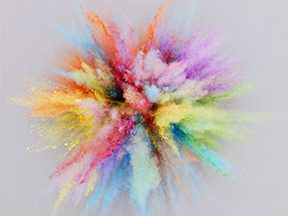
Do you feel anxious in a yellow room? Does the color blue make you feel calm and relaxed? Artists and interior designers have long believed that color can dramatically affect moods, feelings, and emotions. "Colors, like features, follow the changes of the emotions," the artist Pablo Picasso once remarked. Color is a powerful communication tool and can be used to signal action, influence mood, and even influence physiological reactions.

The dark side of self- and social perception: black uniforms and aggression in professional sports.
Black is viewed as the color of evil and death in virtually all cultures. With this association in mind, we were interested in whether a cue as subtle as the color of a person's clothing might have a significant impact on his or her behavior.
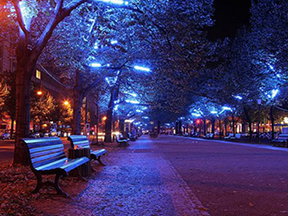
Blue streetlights believed to prevent suicides and street crime
Blue streetlights are believed to be useful in preventing suicides and street crime, a finding that is encouraging an increasing number of railway companies to install blue-light-emitting apparatus at stations to prevent people from committing suicide by jumping in front of trains.

Effect of colour of drugs
To assess the impact of the colour of a drug's formulation on its perceived effect and its effectiveness and to examine whether antidepressant drugs available in the Netherlands are different in colour from hypnotic, sedative, and anxiolytic drugs.
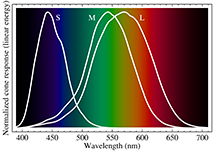
Perception of the color red enhances the force and velocity of motor output.
The present research examined whether perception of the color red influences basic motor functioning. Prior research on color and motor functioning has been guided by ill-defined theoretical statements, and has been plagued by methodological problems.
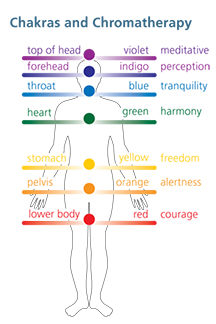
A Critical Analysis of Chromotherapy and Its Scientific Evolution
Chromotherapy is a method of treatment that uses the visible spectrum (colors) of electromagnetic radiation to cure diseases. It is a centuries-old concept used successfully over the years to cure various diseases.
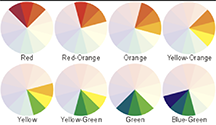
Analogous Colors: Definition, Examples and Schemes
Analogous colors are colors that are next to each other on the color wheel. For example, yellow, green-yellow, and green are categorized as analogous colors. The word 'analogous' is defined as two things with a similar function or feature that are comparable to one another.

Rainbow Colors: Their Meanings, Order and Symbolism in the Bible
Rainbows are a beautiful phenomenon that bear significance across different religions and cultures. Rainbows usually occur after a storm or rain shower, and they are the result of refracted sunlight hitting raindrops. This produces the optical appearance that is a rainbow.
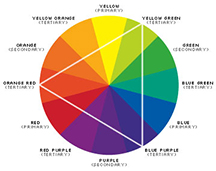
What are Primary, Secondary, and Tertiary Colors?
Colors are one of nature's greatest gifts. With only a few simple changes in hue and shade, we can know so much about the world just by being able to see what it looks like.

Aura Colors
Every life form in the universe emanates a reflection of the energy that composes their being. As higher life forms, humans have the ability to emit light patterns that coincide with personalities, moods, life experiences, and levels of awareness.

Birthstone Colors
Birthstones are the stones that have been said to represent each month and the people born in those months. They come in a variety of different gem-types and colors and signify great personality traits and wonderful moments in a person's life.
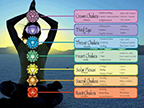
Chakra Colors
From the base of the human's spine to the top of the head, you can find seven chakras. They appear like energy wheels that run through the body. It is a crucial source of the invisible energy in our bodies.

Rainbow Colors
Rainbows are a beautiful phenomenon that bear significance across different religions and cultures. Rainbows usually occur after a storm or rain shower, and they are the result of refracted sunlight hitting raindrops.


 Color Me Happy
Color Me Happy
 Blue
Blue
 Brown
Brown
 Green
Green
 Orange
Orange
 Pink
Pink
 Purple
Purple
 Red
Red
 White
White
 Yellow
Yellow



















